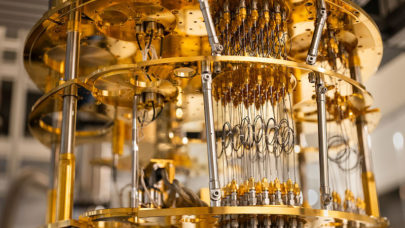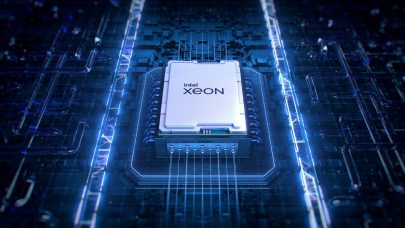NEWS BRIEFS
Pine Valley, CA — According to a Congress-mandated report released last week by the Federal Communications Committee, minority Americans living in rural and tribal areas with low-incomes are “particularly vulnerable of not having access to advanced (telecommunications) services if deployment is left to market forces alone.” Located on the outskirts of San Diego County, Mountain Empire High School definitely falls into this group of “vulnerable” consumers.
To help bridge this potential digital divide, UC San Diego and SDSC partnered with World Wide Wireless Web Corporation to provide Mountain Empire students with high-speed Internet access, equipment, and curricula. Recently released Stanford Achievement Test, Ninth Edition (SAT9) test scores clearly indicate the program’s success, as Classroom 21 students’ scores were significantly higher than those of their peers. Beginning in May of 1998, the state of California has required that every student in grades 2-11 is assessed annually on the SAT9, which measures basic skills in reading, language arts, and mathematics.
The improvement was particularly noticeable among those students who fall at the bottom third of their class: scores of Classroom 21 students were 38 percent higher than their non-Classroom 21 counterparts. “These scores are an indication that the program helped those students most in need of academic enrichment,” said Greg Ryan, school superintendent for the Mountain Empire district. “Additional preliminary results, such as improved classroom reading and writing skills, also indicate that the program is clearly accomplishing its goal of enriching the education of these students through science and technology.”
Fully equipped with new personal computers, printers, computer-friendly desks, and whiteboards, Mountain Empire’s Classroom 21 was situated in a freshly remodeled room. Students in grades 10-12 were able to participate in the program with classes ranging from English, government, and history to intermediate algebra and chemistry. The students spent approximately an hour per subject: conducting research via the Internet, learning how to use various software packages, and honing their typing and general research skills. In an effort to improve the students’ communication and organization skills, they often convened their laboratory exercises in small groups and then summarized their team’s research efforts in class presentations.
Participating students indicated that the first year of Classroom 21 was successful, as most of the high schoolers felt that their research, typing, communication, and overall academic skills had greatly improved. Several students reported an increase in their grades; for instance, one student said that she had a C in English and a D in History last year while this year’s grades increased to Bs in both subjects. This particular student attributed the improved grades to Classroom 21’s use of the Internet; she said that it was easier for her to stay focused on her research assignments, and that she was also more interested in the information available via the Web due to its wide array of content. Another student agreed, “I think my learning experience was better because we had the use of the Web to find multiple sources of information, different opinions, and updated information.”
“A specific goal of this project was to determine if specific subjects could be taught better from the Web or from a standard classroom,” said science teacher Roger Wynn, who served as Classroom 21 coordinator at Mountain Empire this year. “Our determination was that the Web access definitely benefited the majority of all participating students, particularly in the areas of history and English. One of our English teachers actually said that he could not imagine conducting his class without the Web now and hopes to have access again next year.”
Wynn and several of his fellow colleagues participating in the Classroom 21 program were already familiar with the integration of computing into the classroom setting-thanks to their recent participation in SDSC’s Supercomputer Teacher Enhancement Program (STEP). The STEP program, which was funded by the National Science Foundation as a joint UC San Diego and SDSC outreach project from 1993 to 1997 and continues as an SDSC project, provides high school teachers from San Diego and Imperial County with an opportunity to learn about the uses of computers in scientific research. The Mountain Empire teachers were able to take lessons learned in STEP, and directly apply them to their Classroom 21 courses.
Consisting of nearly one-third Hispanic students and ten percent Native Americans, more than 50 percent of the Mountain Empire school district’s population lives at or below the federal government’s poverty level. Because of these financial hardships, it is not surprising that most of the Classroom 21 students do not have home computers. Nevertheless, these same students are becoming very knowledgeable about computing technology and the Internet via Classroom 21.
Will the students have the opportunity to experience Classroom 21 this school year? “Our goal now is to use the results of the experiment to help build an ongoing program,” said SDSC Associate Director for Science and Technology Steve Napear. “The SAT9 test scores, along with the students’ testimonies, clearly and strongly encourage expansion of Classroom 21. By building a team of local industry, local schools, and the local community, UCSD and SDSC continues to play a critical role in enriching all of our lives.”
============================================================

























































